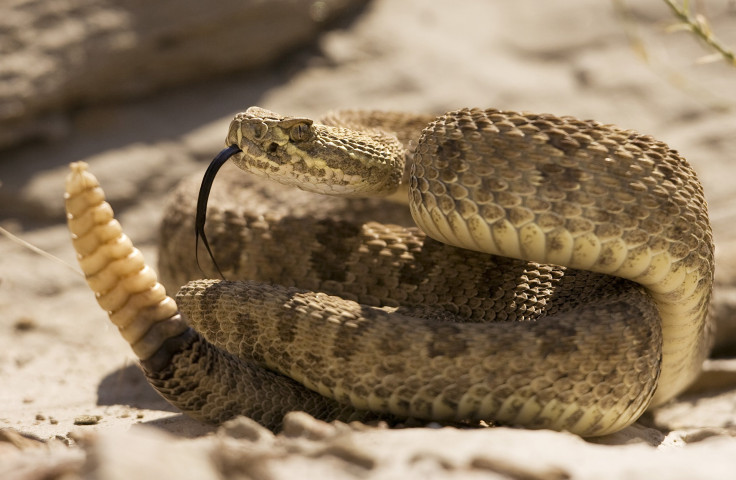Deadly Snake Bites Hiker Climbing Steep Yosemite Slope, Officials Issue Advisory After Attack
Officials at Yosemite National Park have issued warnings after a hiker was bitten by a rattlesnake recently. This incident comes days after another man was bitten by a rattlesnake in Tuolumne River. Authorities said the two men had to be airlifted after they were bitten by the deadly snake.
A rattlesnake bit a hiker, who was part of a group, while he was climbing a steep uphill slope on Aug. 29. A rescue helicopter located the hikers and the man was transported to a hospital for treatment. The victim received four doses of anti-venom. He was treated for dehydration, nausea, and pain, with swelling in his leg and limited range of motion.
“We were on the trail, hiking by ankle-high shrubs," a hiking companion told park officials, “when out of the blue—with no rattle, no hiss, no sound whatsoever—a snake struck.”
This incident came two days after the Aug. 27 case when another man, fishing barefoot in the Tuolumne River, was bitten. Park officials said the man in his mid-30s was bitten by a rattlesnake. A search and rescue team arrived at the scene after a fellow hiker alerted officials of the "snake emergency" using a satellite messenger device.
After being bitten by the snake, the man was unable to move. His wife shared their location coordinates on her phone, allowing officials to locate them and send a helicopter to rescue the man. He was given two doses of antivenom and treated for dehydration, nausea and pain.
“This summer season, there has been a noticeable uptick in rattlesnake bites in the greater Yosemite region. These two cases provide a good opportunity to review advice for how to handle an encounter with a rattlesnake," Yosemite officials wrote in a report along with some tips in case of a snake attack.
Yosemite officials urged hikers to keep away if they spot a rattlesnake as the reptiles can strike only a distance equal to half their own length. Hikers were asked to watch where they step and to stand still if they hear a snake.
If bitten by a snake, the victim must remain calm, move slowly and seek medical attention. Officials warned those bitten must not apply a tourniquet or ice to the wound. They must also refrain from sucking the venom out of the wound.

© Copyright IBTimes 2024. All rights reserved.





















